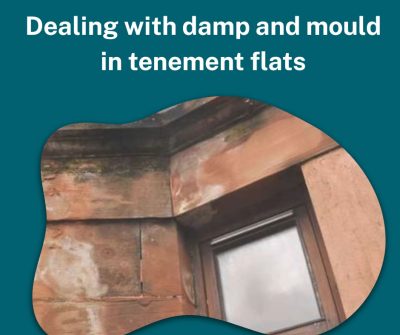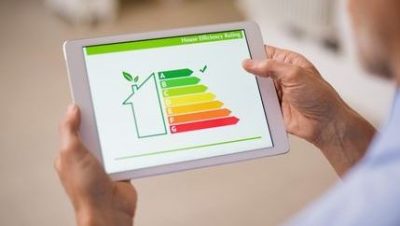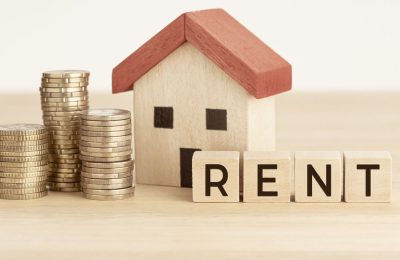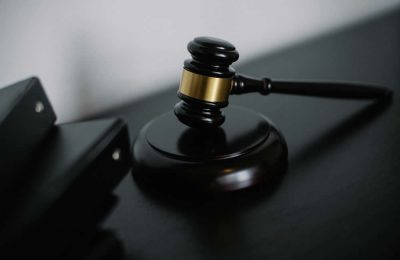Whilst the most recent developments on the legislative journey for the Housing Bill did not include changes that would require Scotland’s private rented sector to react within set timescales to reports of dampness and mould, it would be prudent for all landlords to review how they deal with reports of dampness and mould, as pressure on landlords around this issue continues to grow.
At the fourth meeting of the committee on Tuesday 20th May, an amendment was accepted, which effectively brings Awaab’s Law into force in Scotland for the social housing sector, legislation named after the toddler, Awaab Ishak, who died tragically, as a result of health complications caused by mould in his home, that his landlord had failed to address.
While there were calls for it to be extended to the private rented sector, the response was that property standards already exist in that sector and are, by and large, adequately covered. It was also noted that many of the standards in the PRS and the social housing sector are now aligned, and where they are not, the intention is that they will be, sooner rather than later.
Best Practice for Private Landlords in Tackling Damp and Mould
Dealing effectively with damp and mould requires a combination of technical knowledge, good tenant communication and efficient data management.
There are four types of dampness that can occur in properties: rising damp, penetrating damp, leaking/plumbing and condensation dampness. Of the four types, condensation dampness is the only one that can be affected by tenant use of the property; however, it is important to be clear that this does not necessarily mean that it is caused by the tenant.
Landlords must be prepared to investigate and address reports of dampness quickly and effectively – a look to policies within the social housing sector suggest a 2-day timescale for inspection following report, and a 15-day window for rectification.
Throughout this process, landlords should be communicating with their tenants to explain what they are doing and why, working in collaboration to ensure that access can be provided at a mutually convenient time, so that the issue can be addressed as quickly as possible.
Once landlords have addressed the issue, they should have processes in place to ensure that follow up checks are conducted after the repairs to ensure that the problem has not recurred.
All steps taken from the initial report should be recorded on the property file, with photographic evidence where possible. Good data management will allow landlords to spot recurring issues quickly and address these more effectively.
Whilst we wait for further details on what the legislative changes will look like in their final form, landlords can prepare now by making changes in how they prioritise, react to and record reports of dampness and mould in their properties in order to comply with future legislation and protect their tenant’s wellbeing.










